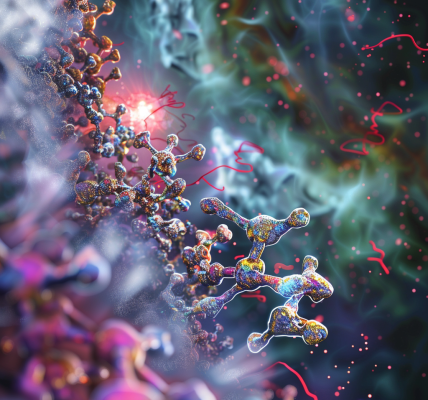The Princeton Plasma Physics Laboratory (PPPL) has achieved a significant milestone in nuclear fusion research with the successful completion of the first quadrant of the magnet for the National Spherical Torus Experiment-Upgrade (NSTX-U). This groundbreaking development is a crucial step in the United States Department of Energy’s ongoing efforts to harness the power of nuclear fusion.
In a recent announcement, PPPL detailed the intricate assembly process of the toroidal field-ohmic heating coil (TF-OH) bundle, which consists of two high-current magnets. These magnets form the core of the NSTX-U reactor, akin to the core of an apple, and are engineered to generate the highest magnetic field strength of any large spherical torus to date.
The design of the TF coil is particularly noteworthy; it stands at 19 feet tall and resembles a telephone pole. This inner magnet is capable of carrying an impressive four megaamps of electric current, equivalent to 4 million amps, which is essential for stabilizing and confining the hot plasma during fusion experiments.
In addition to the TF coil, an outer magnet known as the ohmic heating (OH) coil will envelop the TF coil, functioning similarly to thread around a bobbin. The OH coil operates at four kilovolts and utilizes up to 24,000 amps to induce an electric field, which drives an electric current within the reactor vessel and plays a crucial role in heating the plasma.
Steve Cowley, the director of PPPL, emphasized the importance of these magnets in the NSTX-U experiment. He stated, “These magnets are critical to the NSTX-U experiment, and the team has been laser-focused on this assembly. Constructing the first quadrant is a big achievement.”
The completion of the first quadrant is just one part of the overall assembly process. Currently, the quadrants are undergoing vacuum pressure impregnation (VPI), a technique where segments of the TF coil are fused together into a single, solid structure. This particular quadrant was manufactured by technicians at Elytt Energy in Bilbao, Spain, in July. Preliminary electrical tests conducted in August confirmed the success of the assembly process.
Dave Micheletti, the division director of major science and engineering projects at PPPL, expressed optimism about the future of the NSTX-U project. He noted that the team is eagerly anticipating the completion of the entire magnet assembly. Once the center stack magnets are installed, the focus will shift to reassembling and testing the NSTX-U reactor.
The engineering team has meticulously designed the TF coil and OH coil to ensure that these powerful magnets can effectively confine the plasma during nuclear fusion experiments. These experiments are expected to take place approximately every 20 minutes during operational phases, marking a significant advancement in fusion technology.
The NSTX-U project is a key component of the broader pursuit of nuclear fusion as a viable energy source. By replicating the processes that power the sun, researchers aim to create a clean and virtually limitless supply of energy. The successful assembly of the NSTX-U’s magnet system is a crucial step towards achieving this ambitious goal.
As the project progresses, the PPPL team remains committed to advancing the science of nuclear fusion and exploring its potential to revolutionize energy production. With each milestone, they move closer to realizing the dream of sustainable fusion energy.





